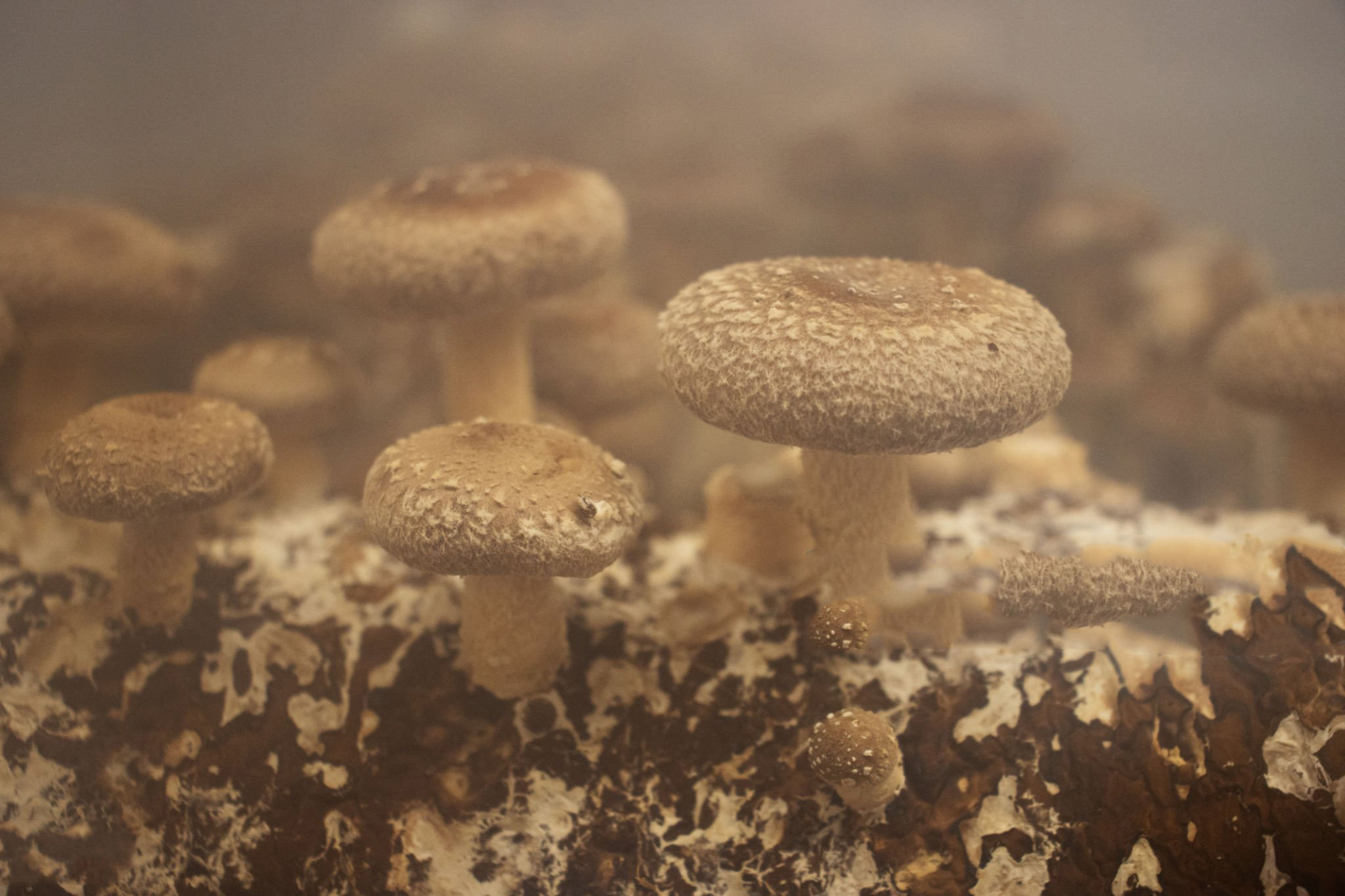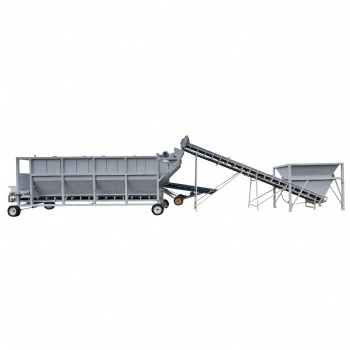News
Four Key Points for Shiitake Mushroom Cultivation Success
Shiitake mushroom cultivation involves meticulous attention to every detail, as each step impacts the final yield and quality. From bag removal and coloration to moisture control and contamination prevention, growers must manage each process with care.

1. Bag Removal and Coloration: The Key to High Yield and Quality
The bag removal and coloration stage is critical for shiitake mushroom performance. Proper management ensures uniform coloration and suitable mycelium thickness, reducing contamination risks and enhancing yield. The coloration phase typically lasts 8–12 days, with an additional 3–5 days required in cooler temperatures. Addressing uneven or poor coloration promptly is essential to avoid issues like mycelium dehydration or abnormal growth.
2. Moisture Management: Balancing Humidity for Optimal Fruiting
Moisture control is crucial for healthy fruiting. Post-coloration, alternating dry and wet conditions, combined with temperature and humidity adjustments, stimulate fruiting body differentiation and growth. Winter cultivation requires maintaining warmth and avoiding cold drafts, while spring cultivation demands fresh air and regular water replenishment after each harvest.
3. Contamination Prevention: Quick Action to Minimize Risks
Contamination from green mold or other pathogens can occur during bag removal and coloration. Prompt action using lime, alcohol, or fungicides is essential to contain infections. After each harvest, thoroughly clean the bags, remove contaminated parts, and cover with a thin film to minimize risks.
4. Temperature and Humidity Control: Protect Against Pests and Diseases
Throughout the cultivation process, monitoring and adjusting temperature and humidity are critical to prevent pests and diseases, ensuring optimal growth conditions for healthy mushrooms.
Categories
Contact Us
- +86 15093267083
- +86 15093267083
- amy@zzbelead.com
- +8615093267083




